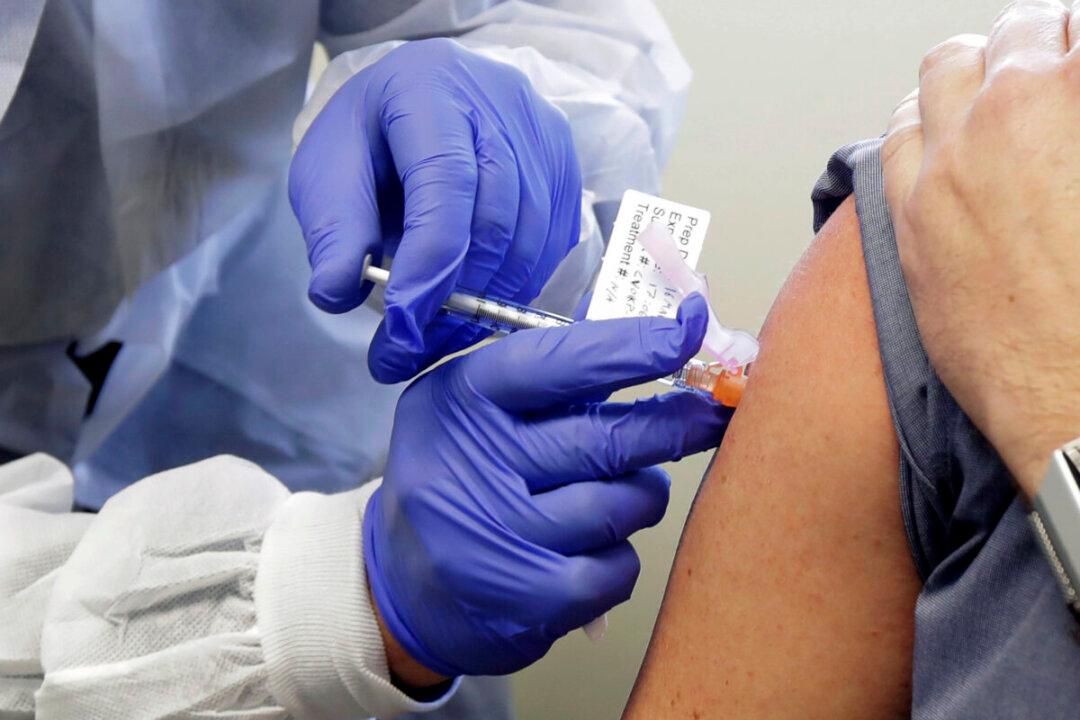Commentary
When I was in elementary school, students viewed the arrival of vaccination day with great trepidation. Each year, more than a few kids broke down in tears at the prospect of being stuck with a needle in front of classmates. In 2020, the year of pandemic, the fears of the distant past have been replaced by an urgent desire to get the needle. Canadians want a vaccine and they want it now.





